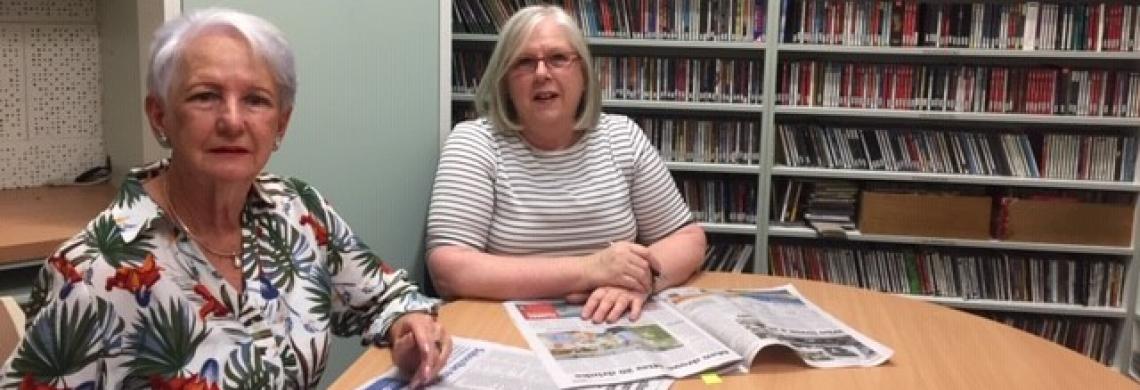

Want to be more inclusive and reach new audiences? Get reading!
Could your station provide essential information radio programs, like readings from local newspapers, to serve people in your community with a print disability? Starting a radio reading service can diversify your program grid, and attract funding and sponsors, new audiences and volunteers, including more people with disabilities.
What is Radio Reading?
Access to information often informs opinions and decisions, enabling full participation in society. But for many people, accessing printed material can be difficult.
Whether due to visual, physical or cognitive impairment, age or low literacy, print disability affects around five million Australians, or 22% of the population.
RPH Radio Reading is the on-air live reading of newspapers, magazines and other publications that otherwise might be inaccessible to people with a print disability.
Our radio informs, entertains and transforms. For our audiences, radio can be life changing.
We provide a voice for people with a print disability and cater directly to their information needs and interests.
Our audience also includes ‘hands or eyes busy’ people, like drivers, parents at home, or retirees - anyone who would benefit from being able to listen to printed information like local news.
Regional Radio Reading
Stations like 2MCE in Bathurst, have been broadcasting radio reading pro-grams continuously since the late 1970s.
Others, like 8CCC in Alice Springs, Radio 4NAG in Yeppoon, Trax-FM in Port Pirie, HopeFM in Esperance, Radio Goolarri in Broome and Harvey’s 6HRV, began their RPH journey in 2019. All are proud to be part of our growing Radio Reading sector!
RPH Australia is supporting regional stations to produce new, local Radio Reading programming, using our Standards for RPH Programming on Community Radio.
Learn more about our Regional Development Project at rph.org.au.
Radio Reading Resources
RPH Australia has teamed up with the Community Media Training Organisation (CMTO) and Kim Stewart, founder of the Ability Radio Project, radio producer and trainer, to develop DIY guides for radio reading.
Radio Reading Resources for Stations help community stations develop radio reading programs, empower new audiences and welcome new volunteers. Radio Reading Resources for Volunteers help new radio readers as well as people with disabilities wanting to volunteer at their local station.
Did You Know?
In the 1970s when our services began, they were known as ‘Radio for the Print Handicapped’ or ‘RPH’. But in 2019, the term ‘handicapped’ is considered inappropriate and outdated by many in our community interest, so we don’t expand the acronym ‘RPH’ anymore. We also now use ‘person-first’ language, such as “person with a vision impairment or blindness” instead of “blind person”.
Nowadays we broadcast Radio Reading programs and we serve people with a print disability.
This article was originally published in October CBX
Facebook comments